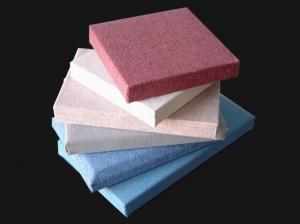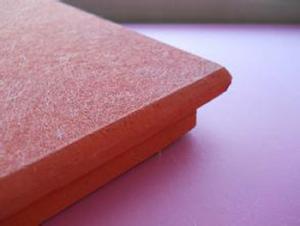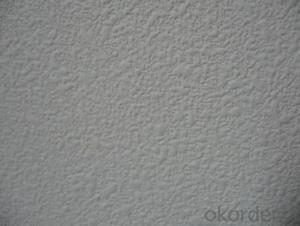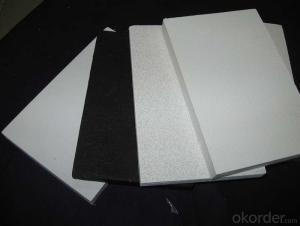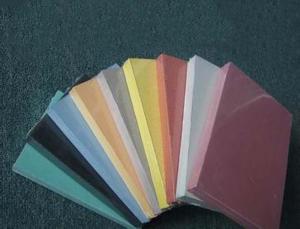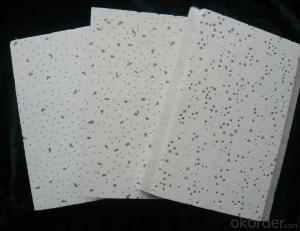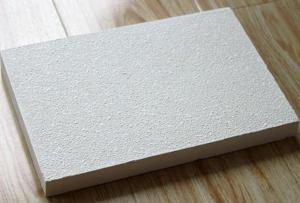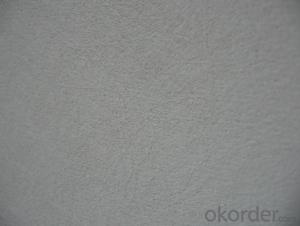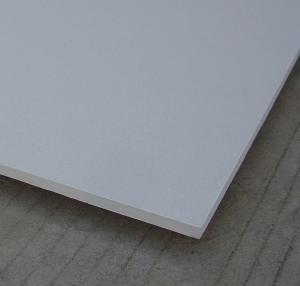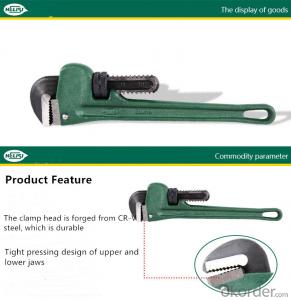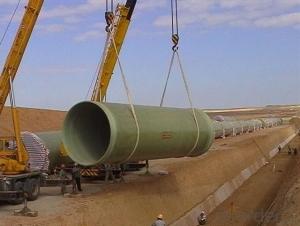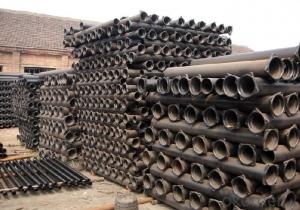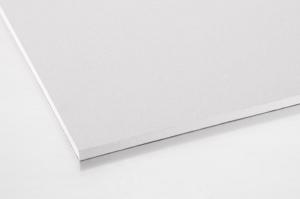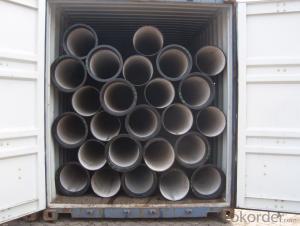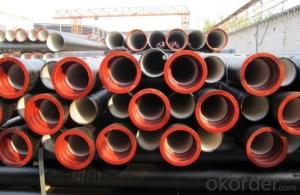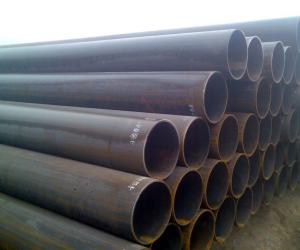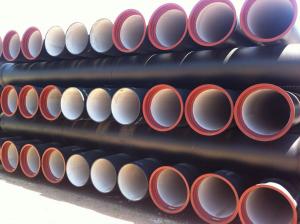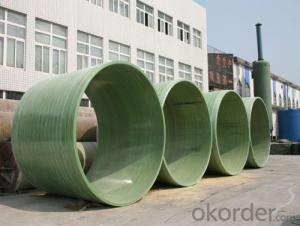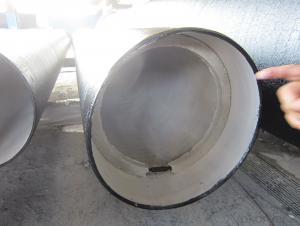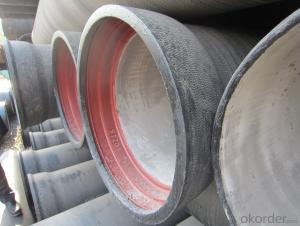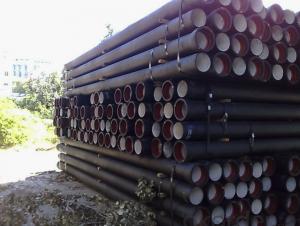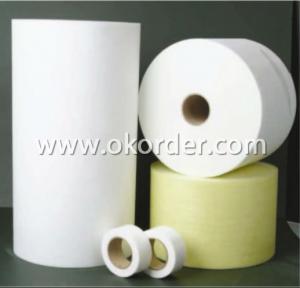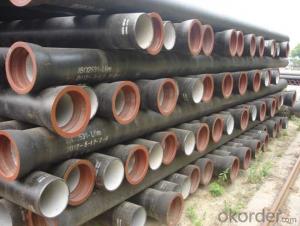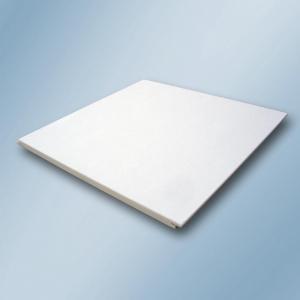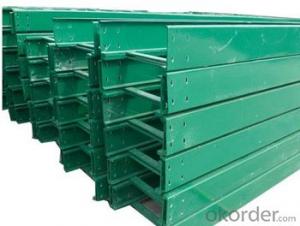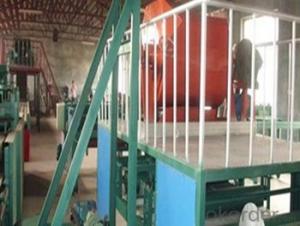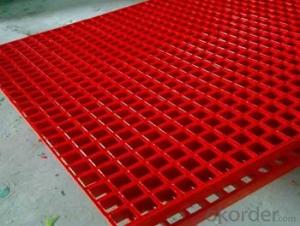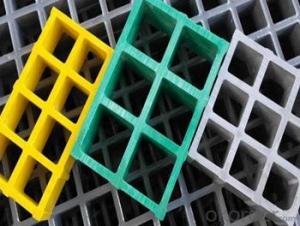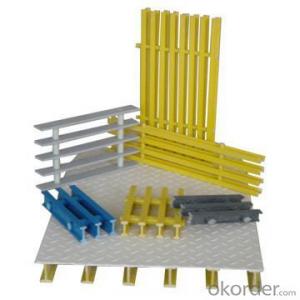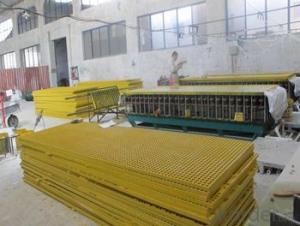Bondstrand Fiberglass Pipe
Bondstrand Fiberglass Pipe Related Searches
Led Light Bulbs For Ceiling Fixtures Decorative Ceiling Plate For Light Fixture Ceiling Plate For Hanging Light Fiberglass Sheets For Roofing Track Lights For Kitchen Ceiling Lights For Kitchen Ceiling Lights For Fall Ceiling Spotlight For Ceiling 5 Blade Ceiling Fan With Light 12X12 Ceiling Tiles With HolesHot Searches
Fiberglass Scaffolding For Sale Plastic Roof Tiles For Sale Fiberglass Panels For Sale Fiberglass Greenhouses For Sale Cost Of Concrete Tile Roof Roof Insulation Price Artificial Slate Roof Tiles Price Ceiling Fan Lowest Price Tesla Solar Roof Inverter Types Of Flat Roof Coverings Stone Wall Tiles Cost Company Office Design Ceramic Roof Tiles Cost Metal Roof Tiles Prices Cement Roof Tile Manufacturers Clay Roof Tile Manufacturers Synthetic Roof Tiles Cost Roof Clay Tiles Prices Interlocking Roof Tiles Prices 30 Year Roof Shingles PricesBondstrand Fiberglass Pipe Supplier & Manufacturer from China
Okorder.com is a professional Bondstrand Fiberglass Pipe supplier & manufacturer, offers integrated one-stop services including real-time quoting and online cargo tracking. We are funded by CNBM Group, a Fortune 500 enterprise and the largest Bondstrand Fiberglass Pipe firm in China.Hot Products
FAQ
- Certainly, outdoor signage can utilize FRP pultrusion profiles. These profiles possess remarkable qualities, including durability, strength, and the ability to withstand different environmental conditions, rendering them ideal for outdoor use. Typically, these profiles consist of a combination of fiberglass reinforcement and resin matrix, resulting in a lightweight yet robust material. Outdoor signage often confronts harsh weather conditions, such as rain, sun exposure, and temperature fluctuations. FRP pultrusion profiles exhibit excellent resistance to corrosion, UV rays, and moisture, ensuring that the signage retains its structural integrity and visual appeal over time. Moreover, FRP pultrusion profiles offer customization options to fulfill specific design requirements, offering flexibility in creating distinctive and captivating outdoor signage. These profiles can be effortlessly shaped, cut, and assembled, making them a versatile choice for signage applications. In essence, the construction of outdoor signage can undoubtedly benefit from the use of FRP pultrusion profiles due to their durability, resistance to environmental conditions, and design flexibility.
- Certainly, architectural or decorative applications can definitely make use of FRP pultrusion profiles. FRP, an acronym for Fiber Reinforced Polymer, is a composite material that combines sturdy fibers like glass or carbon with a polymer resin matrix. This combination results in a material that is lightweight, durable, and resistant to corrosion, making it ideal for a variety of purposes, including architecture and decoration. The versatility of FRP pultrusion profiles lies in their ability to be manufactured in various shapes and sizes, making them highly adaptable for architectural and decorative uses. These profiles can be utilized to construct visually appealing structures such as columns, beams, and facades, all of which enhance the aesthetic appeal of buildings. Furthermore, FRP pultrusion profiles can be fabricated to imitate the appearance of other materials, such as wood or metal, enabling the creation of decorative elements that seamlessly blend into the overall design. Moreover, FRP pultrusion profiles offer several advantages over traditional materials commonly employed in architecture and decoration. They are lightweight, making them easier to handle and install, reducing labor costs. Additionally, they exhibit high resistance to corrosion, weathering, and UV radiation, ensuring long-lasting performance in outdoor applications. Furthermore, FRP profiles can be customized to meet specific design requirements, including color, texture, and surface finish, offering endless possibilities for creative expression. In summary, FRP pultrusion profiles are a viable choice for architectural and decorative applications. Their lightweight, durable, and customizable nature makes them suitable for a wide range of design needs, while their corrosion resistance guarantees longevity and low maintenance. Whether it is for structural support or decorative embellishments, FRP pultrusion profiles are an excellent option for enhancing the aesthetics and functionality of architectural and decorative projects.
- Yes, FRP pultrusion profiles are generally resistant to alkaline substances. The composition and manufacturing process of FRP pultrusion profiles make them highly resistant to corrosion and damage caused by alkaline substances.
- Yes, FRP (Fiber Reinforced Polymer) pultrusion profiles are generally resistant to fungal growth. The composite materials used in pultrusion, such as resins and fibers, are inherently resistant to biological degradation, including fungal attack. The non-porous nature of FRP pultrusion profiles also makes it difficult for fungi to penetrate and grow on the surface. Additionally, the manufacturing process of pultrusion involves curing the composite materials at high temperatures, which further enhances their resistance to fungal growth. However, it is important to note that no material is completely immune to fungal growth under all conditions. Factors such as high humidity, prolonged exposure to moisture, and poor maintenance practices may still contribute to fungal growth on FRP pultrusion profiles, although to a lesser extent compared to other materials like wood or metal. Regular inspection and proper cleaning can help maintain the fungal resistance of FRP pultrusion profiles over their lifespan.
- Yes, FRP (Fiber Reinforced Polymer) pultrusion profiles can be used in the aerospace and aviation industry. FRP pultrusion profiles offer exceptional strength-to-weight ratio, corrosion resistance, and design flexibility, making them suitable for various applications in this industry. One of the key advantages of FRP pultrusion profiles is their high strength-to-weight ratio. This means that they can provide the required structural integrity while keeping the weight of the components low, which is crucial in aerospace and aviation applications where weight reduction is a priority. The lightweight nature of FRP profiles can contribute to fuel efficiency, improved performance, and increased payload capacity. Additionally, FRP pultrusion profiles exhibit excellent resistance to corrosion, including resistance to chemicals, moisture, and UV radiation. This makes them highly suitable for use in aircraft and aerospace systems, where exposure to harsh environmental conditions is common. Unlike traditional metallic materials, FRP profiles can withstand corrosive agents and maintain their structural integrity for extended periods, reducing maintenance requirements and enhancing the durability of aircraft components. Furthermore, the design flexibility of FRP pultrusion profiles allows for the creation of complex shapes and geometries, enabling engineers to tailor the profiles to meet specific requirements. This versatility in design opens up opportunities for innovative solutions in aerospace and aviation applications, such as structural components, aircraft interiors, radomes, fairings, and more. It is worth mentioning that FRP pultrusion profiles have been successfully used in the aerospace and aviation industry for various applications, including wing spars, stabilizers, galleys, interior panels, and cargo containers. Their proven track record demonstrates their reliability and performance in demanding environments. Overall, FRP pultrusion profiles are well-suited for use in the aerospace and aviation industry due to their high strength-to-weight ratio, corrosion resistance, and design flexibility. Their use can contribute to lighter, more efficient, and durable aircraft components, making them a viable choice for various applications in this sector.
- Yes, FRP pultrusion profiles do have some limitations and drawbacks. One limitation is their susceptibility to UV degradation, which can cause discoloration and reduced mechanical properties over time if not properly protected. Additionally, FRP pultrusion profiles have relatively low impact resistance compared to materials like steel or aluminum. They may also have limited fire resistance and can melt or burn under high temperatures. Finally, the manufacturing process for FRP pultrusion profiles can be time-consuming and expensive, making it less suitable for small-scale or customized applications.
- FRP pultrusion profiles exhibit a general resistance to impact. The amalgamation of robust fibers and the polymer matrix employed during manufacturing renders FRP profiles exceptionally enduring, enabling them to endure substantial impacts without fracturing or shattering. Furthermore, the pultrusion process guarantees the uniform dispersion of fibers within the profile, thereby bolstering its capacity to resist impact. Consequently, FRP pultrusion profiles are ideally suited for impact-prone applications, including construction, transportation, and infrastructure ventures.
- Yes, FRP pultrusion profiles are highly resistant to wear and abrasion. The combination of strong reinforcing fibers and a durable resin matrix makes them capable of withstanding harsh conditions and maintaining their structural integrity over time, even in high-stress environments. This resistance to wear and abrasion makes FRP pultrusion profiles an excellent choice for applications that require long-lasting and low-maintenance solutions.
